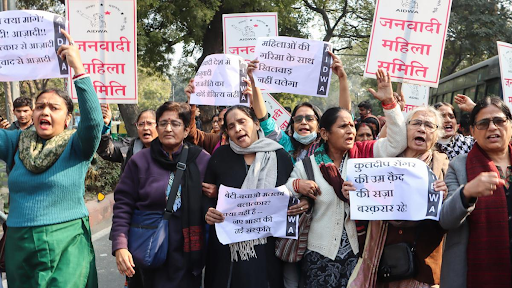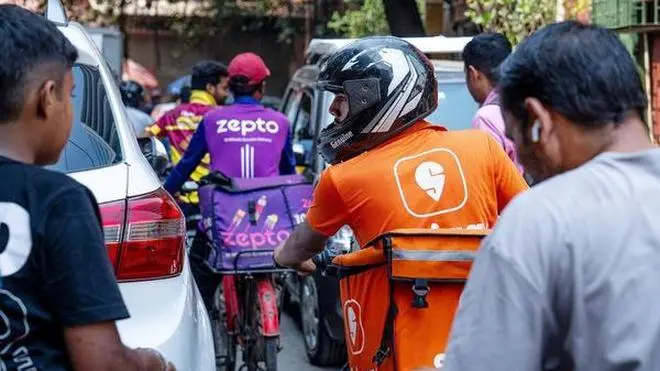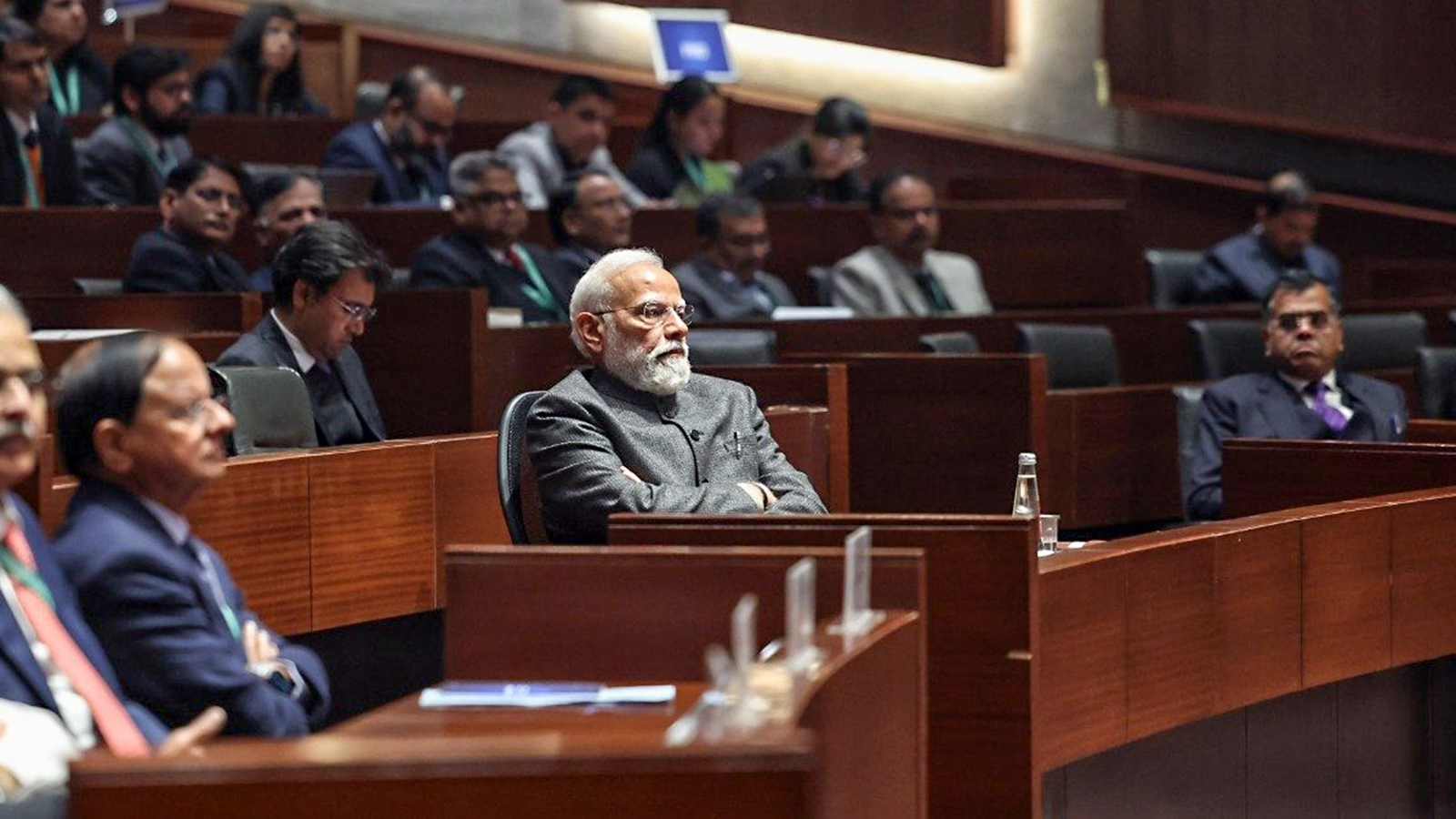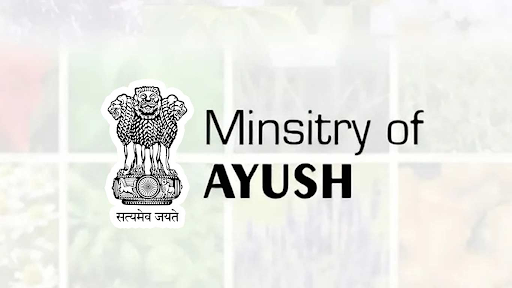Description
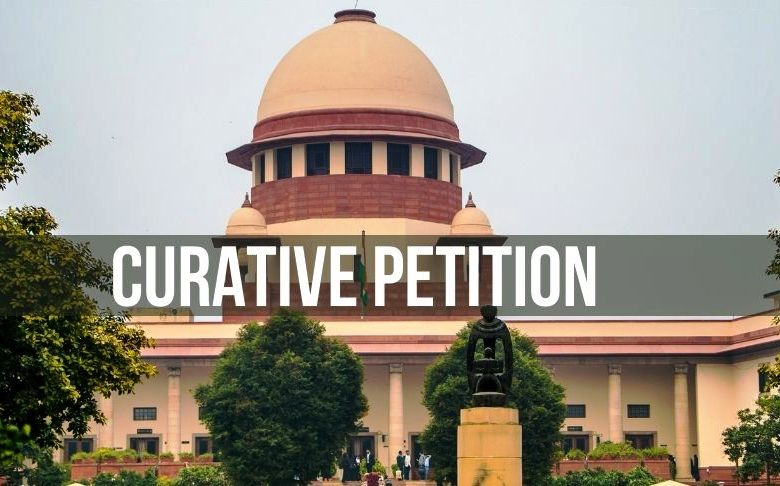
Copyright infringement not intended
Picture Courtesy: www.lawinsider.in
Context: The Supreme Court's decision to hear the curative petitions filed by Vodafone Idea and Bharti Airtel regarding the calculation of adjusted gross revenue (AGR) dues is a significant development in the ongoing legal battle between the Department of Telecommunications (DoT) and these telecom operators.
Details
- In October 2019, the Supreme Court upheld the DoT's definition of AGR and directed all incumbent telecom operators to pay AGR dues, which amounted to a total of Rs 1.69 trillion calculated until FY17. The Supreme Court allowed these telcos to pay the dues in equal instalments spread over 10 years.
- Following the Supreme Court's initial verdict, telecom operators filed a review petition, arguing that there were calculation errors and discrepancies in the AGR dues assessed by the DoT. The court, however, dismissed their review petition in July 2021 and barred them from self-assessing their dues.
- Subsequently, Vodafone Idea and Bharti Airtel filed curative petitions, a legal remedy that can be pursued after a review petition has been dismissed. The curative petitions raised concerns about the arithmetical errors and differences in the calculation of their dues compared to the DoT's assessment.
What is a Curative Petition?
- A curative petition is a legal remedy available to rectify a final judgment of the Supreme Court, which has been upheld even after a review petition. The purpose of a curative petition is to correct grave errors and prevent miscarriages of justice. However, it is essential to note that curative petitions are only entertained in exceptional circumstances.
Conditions for Filing a Curative Petition
- The petition must be filed within 30 days of the dismissal of the review petition.
- The petition must be signed by a senior advocate of the Supreme Court, emphasizing the seriousness and expertise involved in the process.
- The petition must clearly state specific grounds for review, such as a gross miscarriage of justice, violation of natural justice principles, discovery of new and important evidence, or fraud/suppression of material facts during the trial.
- The petition must be accompanied by a certificate from the senior advocate, confirming that the petition has been filed in good faith and that there are reasonable grounds for review.
.jpg)
Review Process
- The curative petition is reviewed by a bench of five judges, including three of the most senior judges of the Supreme Court.
- If the bench decides to hear the petition, it considers arguments from both the petitioner and the respondent. Amicus curiae, an impartial adviser to assist the court, might be appointed to provide expert opinions and recommendations.
- After the hearing, the bench delivers its judgment. If the curative petition is allowed, it may set aside the original judgment and order a fresh hearing of the case. This is a rare occurrence and only happens in exceptional circumstances.
Grounds for Filing a Curative Petition
- Gross Miscarriage of Justice: This means there has been a significant error in the judgment that has led to a miscarriage of justice.
- Violation of Natural Justice: This pertains to the court's failure to follow fundamental principles of a fair trial, such as the right to be heard and the right to know the case against oneself.
- Discovery of New Evidence: If new evidence is discovered that could have a substantial impact on the case's outcome.
- Fraud or Suppression of Material Facts: If there was fraud or suppression of essential information during the trial.
Factors Considered by the Court
- Seriousness of Allegations: The gravity of the claims made in the petition is a crucial factor.
- Nature of Error: The type and extent of the error alleged in the court's previous judgment.
- Potential Impact: The likelihood that the error could have affected the case's outcome significantly.
- Impact on the Justice System: Considering how entertaining the petition might affect the broader administration of justice.
Examples of Curative Petitions
- Rupa Ashok Hurra v/s Ashok Hurra: In this case, a woman who had won the custody of her child in the lower courts was denied the same by the Supreme Court on technical grounds. She filed a curative petition, which was allowed by the court and she was given back the custody of her child.
- Union of India v/s Union Carbide Corporation: In this case, the Indian government filed a curative petition seeking more compensation for the victims of the Bhopal gas tragedy, which was one of the worst industrial disasters in history. The court dismissed the petition, but it issued directions for the proper distribution of the compensation that was already awarded by an earlier settlement.
- Nirbhaya v/s State of NCT of Delhi: In this case, the convicts in the brutal gang rape and murder of a young woman in Delhi filed a curative petition challenging their death sentences. The court rejected the petition, but it also laid down guidelines for the execution of death sentences in India.

Conclusion
- A curative petition in India is a rare and extraordinary legal remedy meant to correct severe errors and miscarriages of justice. It is a complex and stringent process, emphasizing the critical nature of the grounds and the credibility of the legal representation. As a last resort, curative petitions play a crucial role in ensuring fairness and justice within the legal system, but they are only entertained in the most exceptional circumstances, underscoring the significance of their application.
Must Read Articles:
CURATIVE PETITION IN BHOPAL GAS TRAGEDY CASE: https://www.iasgyan.in/daily-current-affairs/curative-petition-in-bhopal-gas-tragedy-case
|
PRACTICE QUESTION
Q. What are the main obstacles to comprehensive judicial reform in India, and what strategies could be employed to address these challenges and enhance the efficiency and accessibility of the Indian judicial system?
|







